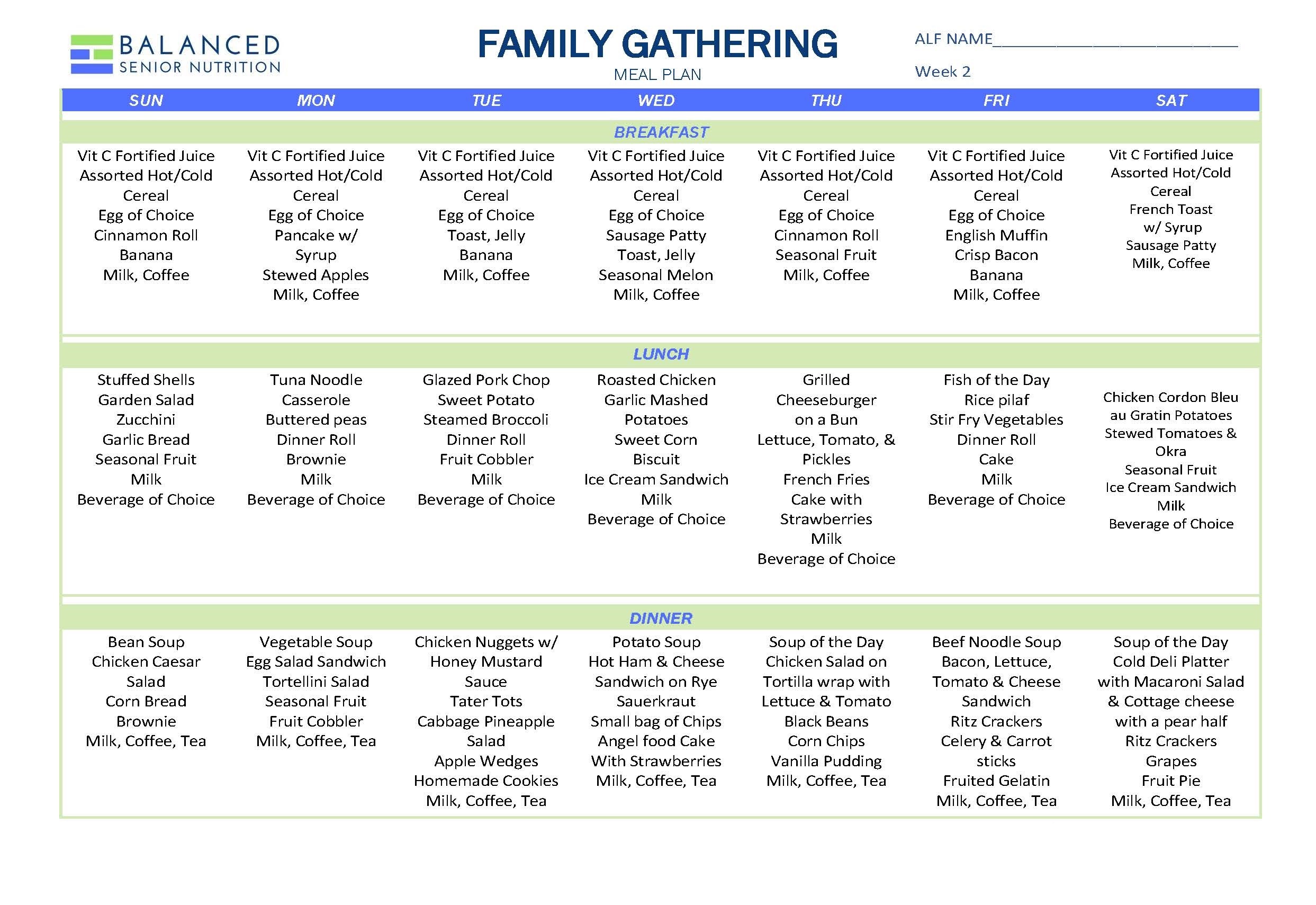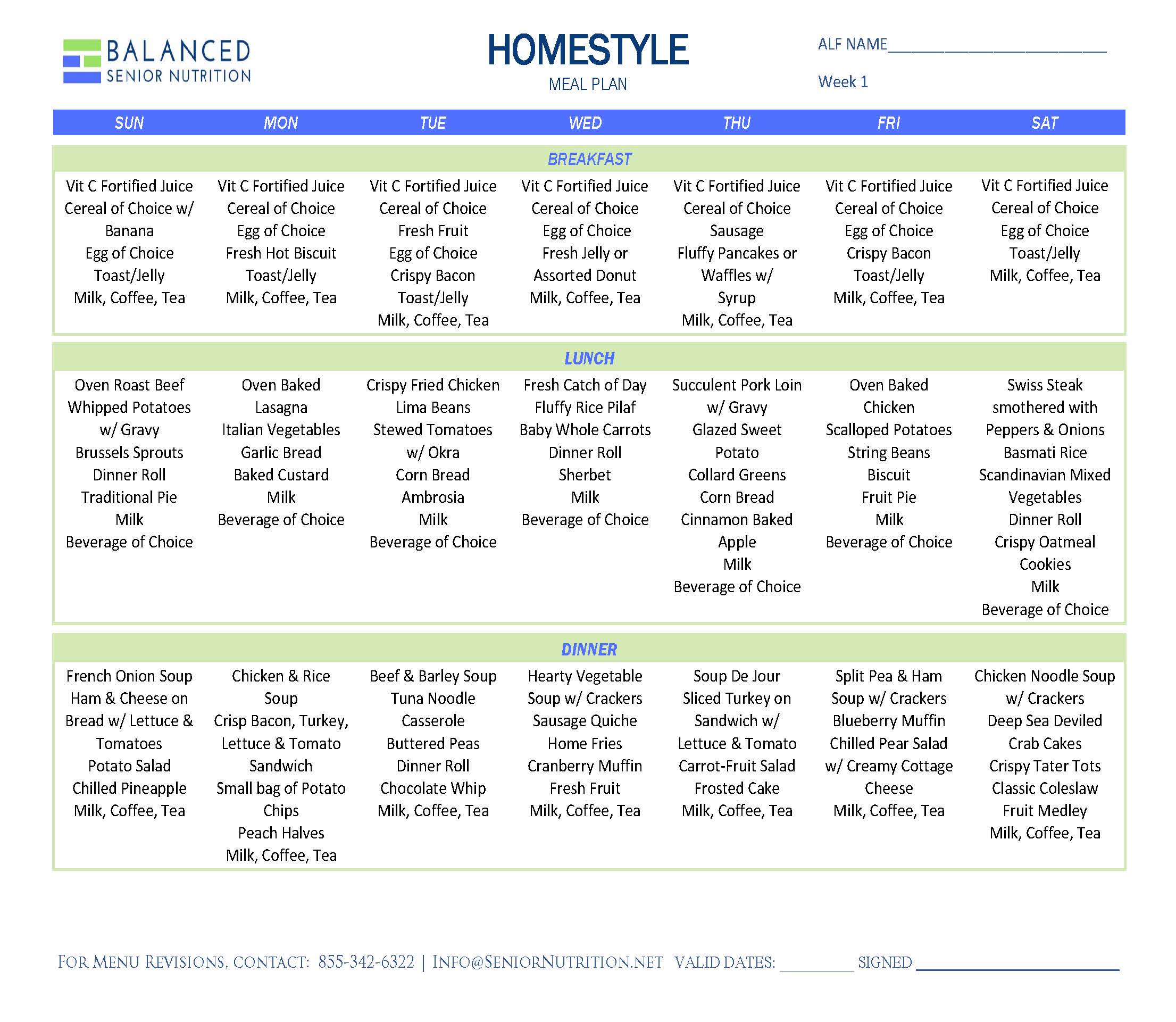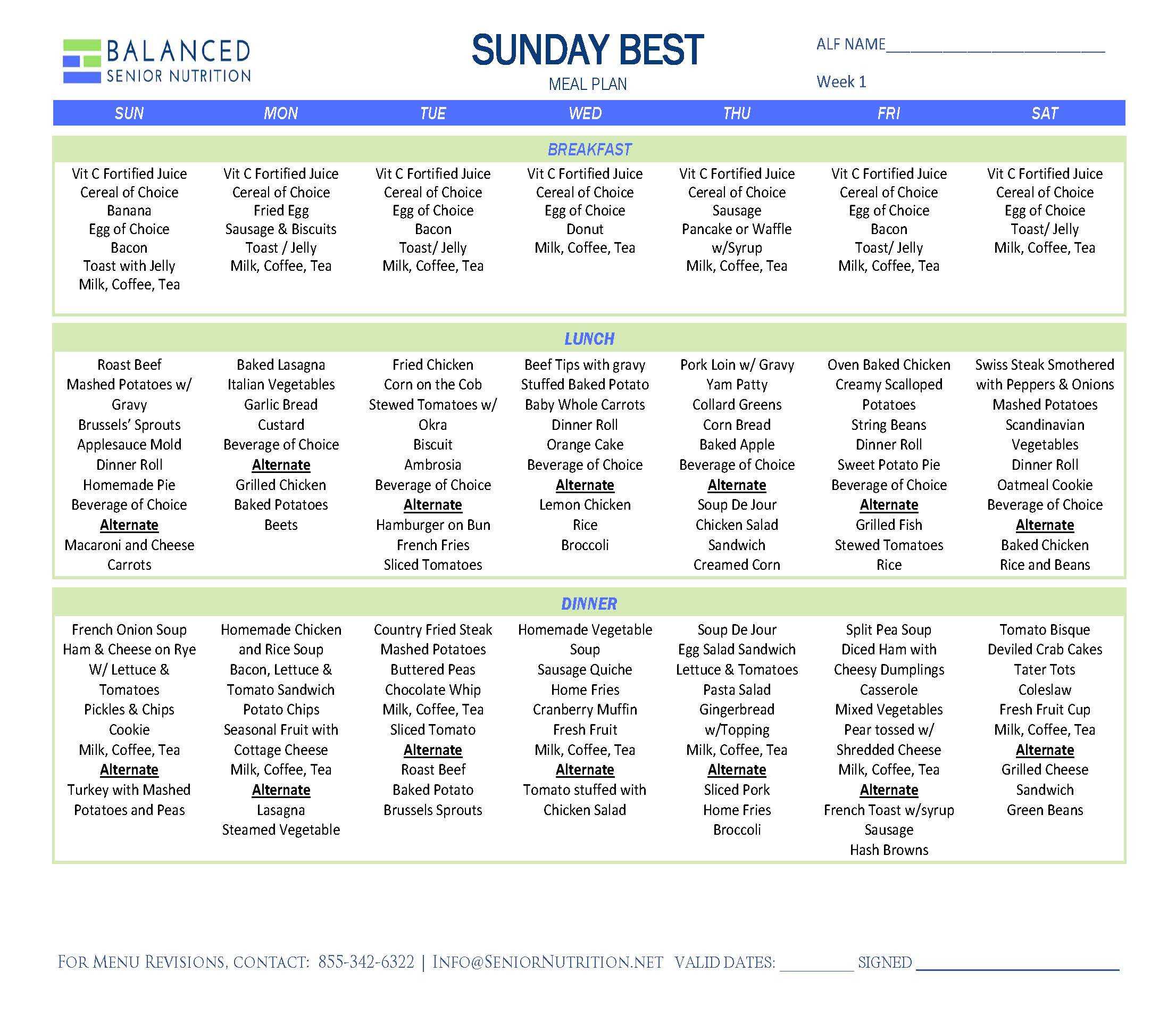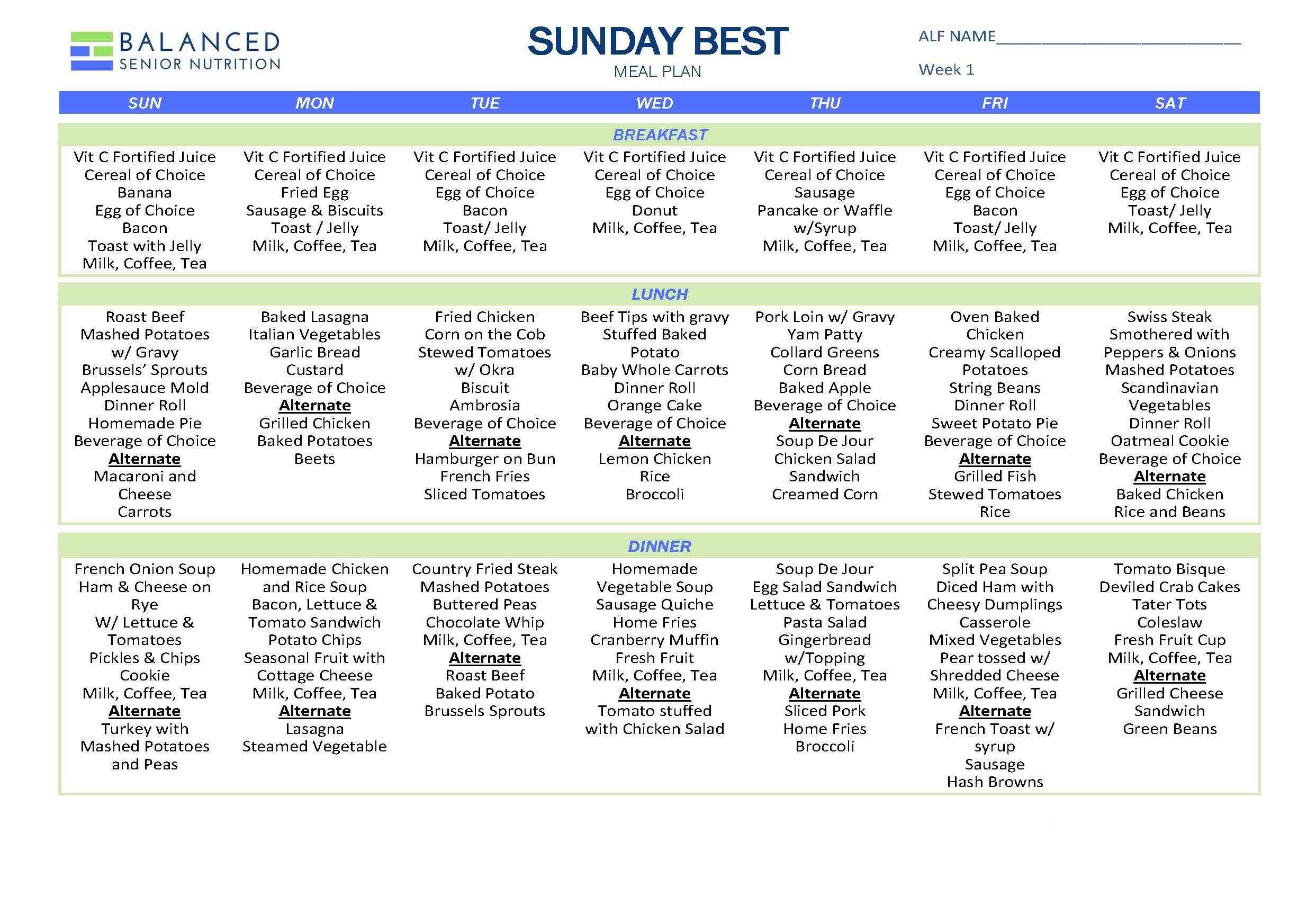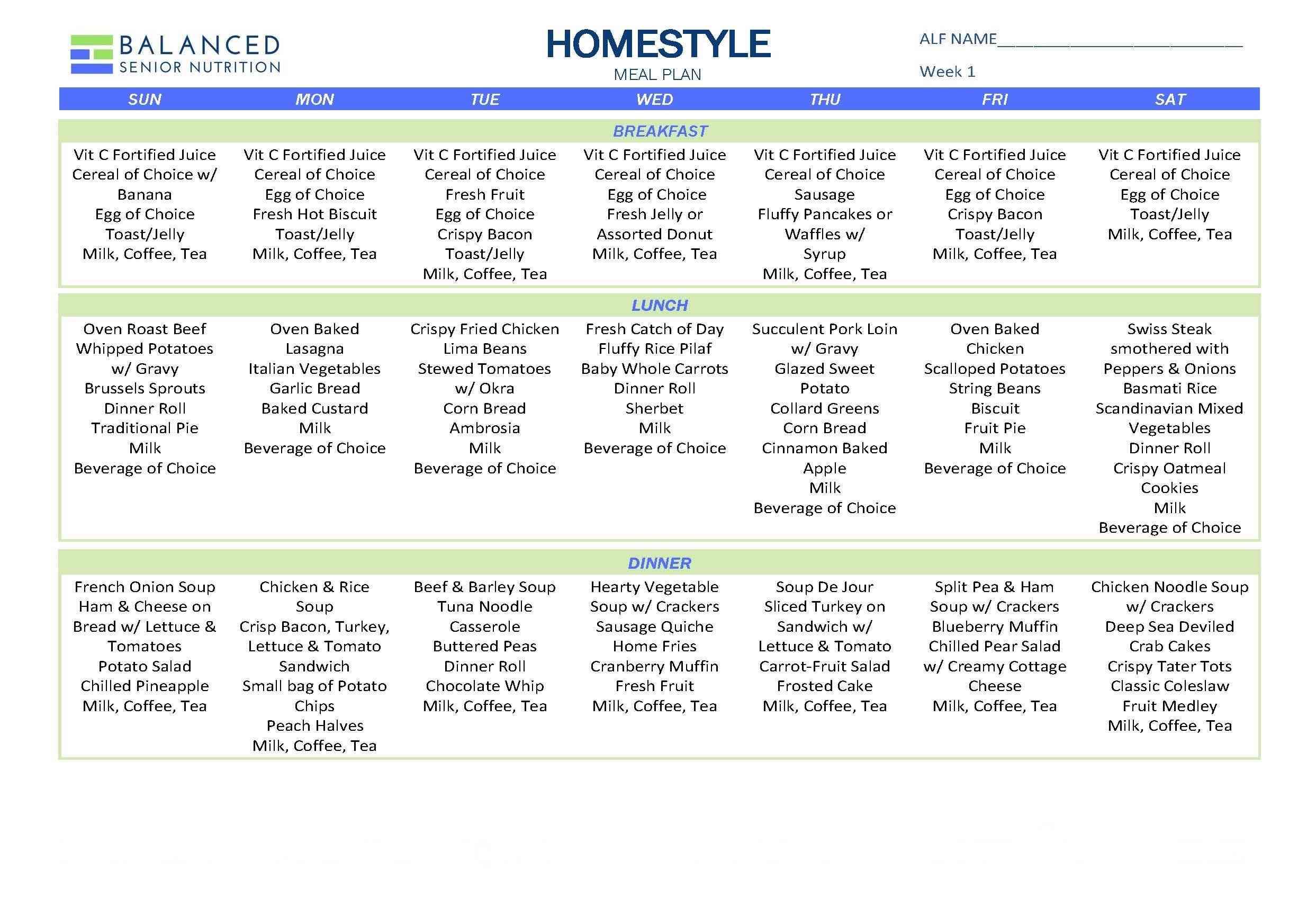When considering a shift from an institutionalized dining experience to one that is person-directed and more like home, one of the major concerns is that it will increase costs. But in practice, making person-directed dining happen is more about shifting your existing budget to put serving real food first. As a wise man once said, “Money doesn’t make your resident’s happy; it’s how you spend it on them.”
Folks enjoying a home-style meal.
For example, serving real food reduces the need for more expensive commercial supplements. With the money saved from using fewer or no supplements, you can purchase more fresh fruits and vegetables to make delicious enriched smoothies. That change doesn’t cost anything (it just shifts the money from buying supplements to purchasing real food), but it sure does make the people living in the community happier and healthier.
But there are other benefits besides making residents happy to by shifting to person directed dining. A national survey from the Commonwealth Fund 2007 National Survey of Nursing Homes shows that it makes great business sense to make the change to a resident-centered mindset.
- 78% reported improved competitive advantage in for the market area
- 60% reported increased occupancy rates
- 60% reported reduced operational costs
- 59% reported enhanced staff retention
- 50% reported decreased staff absenteeism
- 23% reported reduced dependence on agency staff
When you start putting real numbers to those statistics, you can see the monetary advantages of adapting adopting a resident-centered culture. So, if you’re not adding to your budget and you’re getting all the benefits listed above, why haven’t you changed to a resident-directed dining program yet?




